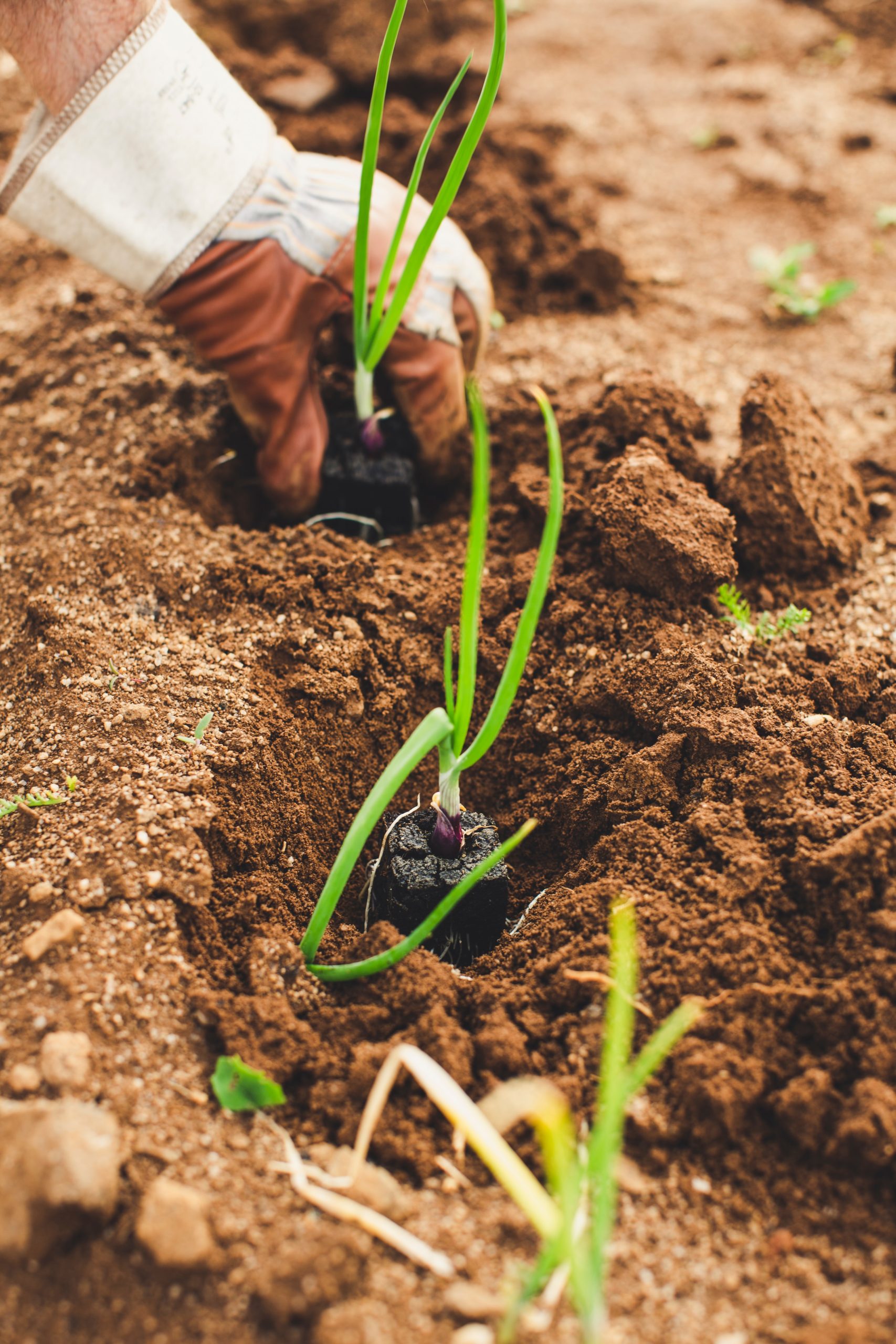Introduction
Climate change is one of the most pressing issues of our time, and it requires a collective effort to address it. While governments and industries are taking steps to reduce carbon emissions, individuals can also make a difference by adopting sustainable practices in their daily lives. One such practice is sustainable landscaping, which involves designing and maintaining outdoor spaces in an environmentally friendly way. In this article, we will explore how sustainable landscaping can help combat climate change.
What is Sustainable Landscaping?
Sustainable landscaping is an approach to designing and maintaining outdoor spaces that takes into account the environmental impact of landscaping practices. It involves using native plants, reducing water usage, minimizing chemical use, and promoting biodiversity. Sustainable landscaping also involves using materials that are environmentally friendly and reducing waste.
Benefits of Sustainable Landscaping
Sustainable landscaping has numerous benefits, both for the environment and for individuals. By using native plants, sustainable landscaping promotes biodiversity and helps to preserve local ecosystems. Native plants are also adapted to local climate conditions, which means they require less water and maintenance than non-native plants. This reduces water usage and the need for chemical fertilizers and pesticides, which can harm the environment and human health.
Sustainable landscaping also helps to reduce carbon emissions. By using plants to absorb carbon dioxide from the atmosphere, sustainable landscaping can help to mitigate the effects of climate change. Additionally, sustainable landscaping can help to reduce the urban heat island effect, which occurs when urban areas are significantly warmer than surrounding rural areas. This effect is caused by the absorption and retention of heat by buildings and pavement. By using plants and trees to shade buildings and pavement, sustainable landscaping can help to reduce the urban heat island effect and lower energy usage for cooling buildings.
How to Implement Sustainable Landscaping
Implementing sustainable landscaping practices can be done in a few simple steps. First, choose native plants that are adapted to local climate conditions. These plants require less water and maintenance than non-native plants, and they promote biodiversity. Second, reduce water usage by using drip irrigation systems and rainwater harvesting. This reduces the need for chemical fertilizers and pesticides, which can harm the environment and human health. Third, use environmentally friendly materials, such as recycled mulch and compost. Finally, reduce waste by composting yard waste and using it as a natural fertilizer.
Conclusion
Sustainable landscaping is an effective way to combat climate change and promote environmental sustainability. By using native plants, reducing water usage, minimizing chemical use, and promoting biodiversity, sustainable landscaping can help to reduce carbon emissions and mitigate the effects of climate change. Implementing sustainable landscaping practices is easy and can be done by anyone, making it an accessible way for individuals to make a positive impact on the environment.










